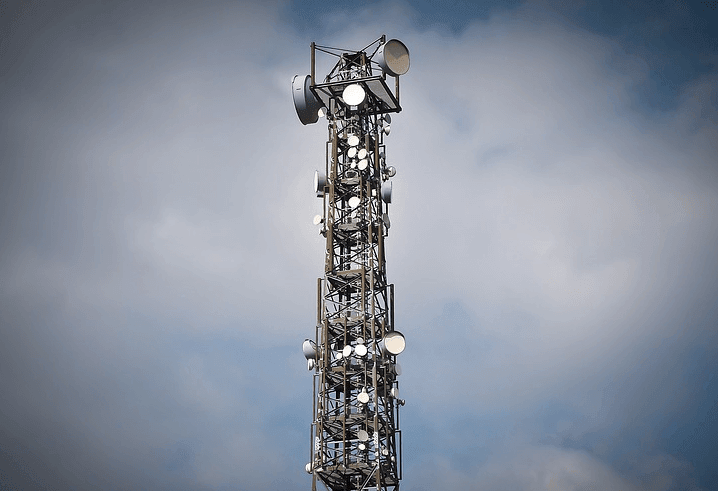Indian telecom sector may well attract investments of $100 billion by 2022 under the New Telecom Policy (NTP), as the regulator suggested a simplification of licensing and regulatory frameworks and rationalisation of high taxes and levies by 2019. The Trai said that the sector might attract $60 billion in the next two years itself. Telecom Regulatory Authority of India (Trai), in its recommendations to the telecom department, has suggested a review of telco license fees, spectrum usage charges (SUC), Universal Service Obligation Fund (USOF) levy to enhance the overall ease of doing business.

The telecom department had sought views of Trai on National Telecom Policy (NTP) 2018 on August 21, 2017.
The regulator said that there is a need to review the rates of such levies keeping in view that access spectrum is now being assigned through the auction process and telecom networks have become an underlying infrastructure for growth of the digital economy.
The objective of the new telecom policy is to enable the sector to be able to generate 20 lakh jobs, achieve 900 million broadband subscriptions with a download speed of 2 Mbps and connect all gram panchayats with at least 1 gigabit per second with wireless broadband by 2022, the Trai said in its recommendations.
Furthermore, the objective would be to enable access for connecting to a billion IoT and M2M device by 2020 and 5 billion by 2022, in addition, to make the sector become net positive in international trade of communications systems and services by 2022.
The telecom regulator has also advocated integrated regulation of ICT and broadcasting sectors driven by national economic and social policy goals. It also suggested that the government put in place an ombudsman-based consumer redressal mechanism by the end of this year, and had also suggested establishing an online centralised platform for the provision of Right of Way (RoW) permissions for single window clearance by next year.
In addition, the Trai suggested the telecom department to establish a robust data protection regime powered by a strong encryption policy and formulating a separate policy framework for hastening the establishment of data centres by next year.















